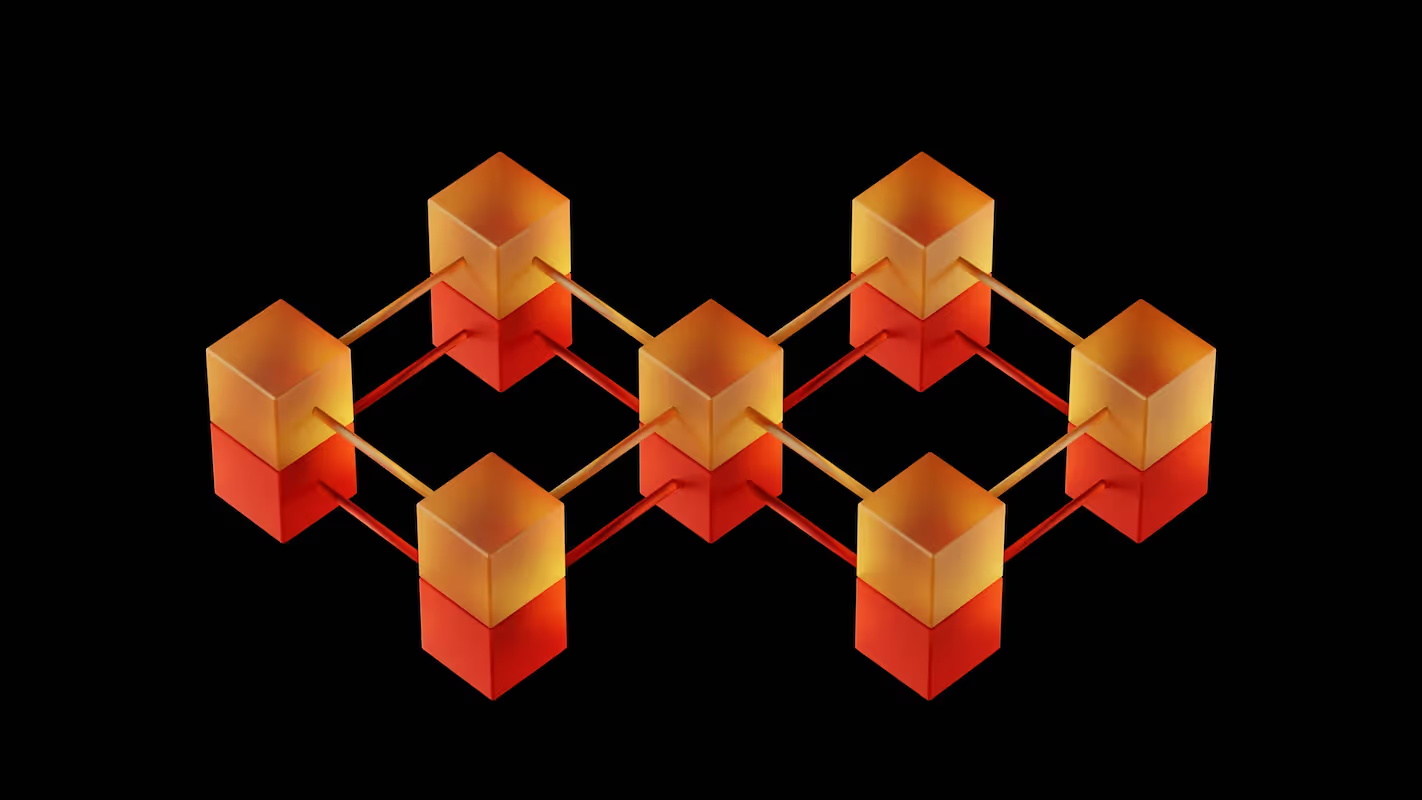Key Takeaways
- Decentralization: Web3 is built on peer-to-peer networks, removing control from single corporate entities.
- User Ownership: You control your own data and digital assets through personal crypto wallets.
- Native Payments: Blockchains and cryptocurrencies are the foundation for value exchange in Web3 applications.
What is Web3?
Web3 represents the next evolution of the internet, a decentralized online ecosystem built on blockchain technology. Unlike today's web, where a few corporations control most platforms, Web3 distributes that control. It’s an internet where your digital identity and assets are your own, secured on a distributed ledger, much like how your 0.005 BTC is secured on the Bitcoin network.
This new web is powered by peer-to-peer networks, allowing for direct interactions and transactions. Imagine sending a friend 100,000 sats through a decentralized application (dApp) without a bank taking a cut. This structure fosters a more open and user-centric internet where you truly own your digital footprint and can participate in the governance of the platforms you use.
Web3 and Its Impact on Traditional Banking
Web3 introduces a new model for financial services through decentralized finance (DeFi). These platforms operate on blockchains, offering lending, borrowing, and trading without needing a bank as an intermediary. This shift places financial control directly into the hands of individuals, challenging the fundamental role of traditional institutions.
As a result, banks face a choice: adapt or become obsolete. Some are exploring blockchain to improve their own operations, such as speeding up international payments and settlements. This points to a future where financial systems are more open, efficient, and built around user sovereignty.
Key Features of Web3 in Financial Services
Web3's architecture introduces several core attributes that reshape financial services. These features create a more transparent, accessible, and user-driven financial system. They are the building blocks for a new generation of financial applications.
- Decentralization: Operations run on a distributed network, removing single points of failure and control.
- Transparency: All transactions are recorded on a public ledger, making them auditable by anyone.
- Permissionless: Anyone can access financial services without needing approval from a central authority.
- Self-Custody: Users have complete control over their own assets using personal cryptographic wallets.
- Composability: Open-source protocols can be combined like building blocks to create new financial products.
Web3 Security Considerations for Banks
Adopting Web3 technologies requires banks to address a new set of security risks. The decentralized nature of these systems introduces unique vulnerabilities that demand new security models and practices to protect institutional and customer assets.
- Vulnerabilities: Smart contract code can contain flaws, creating openings for exploits and significant financial loss.
- Key Management: Securing cryptographic keys is critical, as their compromise leads to irreversible asset theft.
- Compliance: Integrating anti-money laundering (AML) and know-your-customer (KYC) processes into decentralized systems is a major challenge.
- Bridge Risks: Connecting different blockchains introduces complexities and potential points of failure that attackers can target.
Integrating Web3 Technologies with Bitcoin
This is how you integrate Web3 technologies with Bitcoin.
- Use Layer-2 protocols like the Lightning Network to build applications that require high-speed, low-cost transactions.
- Connect to sidechains, which are separate blockchains pegged to Bitcoin, to introduce advanced smart contract functionality.
- Tokenize bitcoin on other blockchains, such as creating wrapped Bitcoin (WBTC) on Ethereum, to access existing DeFi ecosystems.
- Build directly on Bitcoin's base layer by using recent upgrades like Taproot, which improves scripting capabilities for more complex operations.
Future Trends: Web3 and the Evolution of Digital Banking
Looking ahead, digital banking will incorporate decentralized identity systems, giving users full control over their data. Financial products will become more automated through smart contracts, with assets like tokenized Bitcoin moving across open networks. This points toward a financial world where institutions act as gateways to these protocols, not as central gatekeepers. The result is a more direct and transparent system for all participants.
Lightning Network: The Payment Rails for a Web3 World
The Lightning Network functions as a high-speed transaction layer for Bitcoin, making it practical for Web3 applications. It operates by creating off-chain payment channels between users, allowing for near-instant, low-fee transactions. This infrastructure is critical for dApps that require micropayments, such as tipping content creators or paying for API calls. By settling transactions off the main Bitcoin blockchain, the Lightning Network provides the scalability needed for a decentralized, user-driven internet where value is exchanged freely and efficiently.
Join The Money Grid
You can access the full potential of digital money through Lightspark, which provides the infrastructure to join a global payments network built on Bitcoin. This gives you the tools for instant, cross-border payments and self-custodial asset management, putting the core principles of Web3 into practice.


